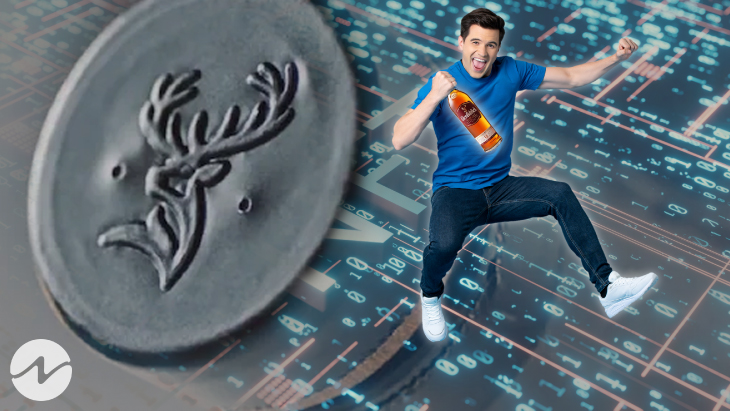- The digital tokens themselves operate with whisky as an intriguing asset class.
- The younger market who perhaps get their feet wet in the financial world.
- Rare spirit buyers might purchase a rare whisky
Distillers William Grant and Son recently sold 15 bottles of 46-year-old Glenfiddich whisky for $18,000 per bottle. Each piece with its own NFT revolving image/artistic impression of the bottle, which not only allows them to brag about. Their purchase but also serves as a counterfeit-proof certificate of ownership. The technology could theoretically confirm ownership and provenance of almost anything. The cousins Dov and Sam Fallic, creators of BlockBar, handled the technological aspect of the project. I realized that this was comparable to the whisky’s asking price if sold through standard channels. Apparently, there aren’t many bottles of 4-year-old whiskey on the market, and the investment market for rare spirits has exploded in recent years.
They’ll have to redeem it after they’ve done so. The bottle stays in the company’s control until the consumer requests it, at which point the NFT must destroy (or “burn”). Until they do, having the NFT certifies that the buyer has a genuine, 46-year-old Armagnac-casked Glenfiddich. After all, once it’s out of their hands, there’s no way of knowing if it’s still there or real – NFT or not.
Recently, there has been a lot of buzz around NFTs. Non-fungible Tokens are digital code that exists on a blockchain and can be used for a variety of trust-related purposes. Such as establishing ownership or validity. The luxury goods makers and merchants with whom I’ve spoken share this enthusiasm about NFTs’ potential to open up new lines of business. The possibilities for new and deeper engagement with clients are probably one of the most appealing elements.
This year, an artwork by Mike Winkelmann (better known as Beeple) sold for $69 million at auction. We’ve generally seen them used to authenticate ownership of digital commodities, such as photos, videos, sounds, and even tweets. Because money was involved, they evolved from a creative solution to a technical problem into a major news topic. Similar to what happened with Bitcoin.








